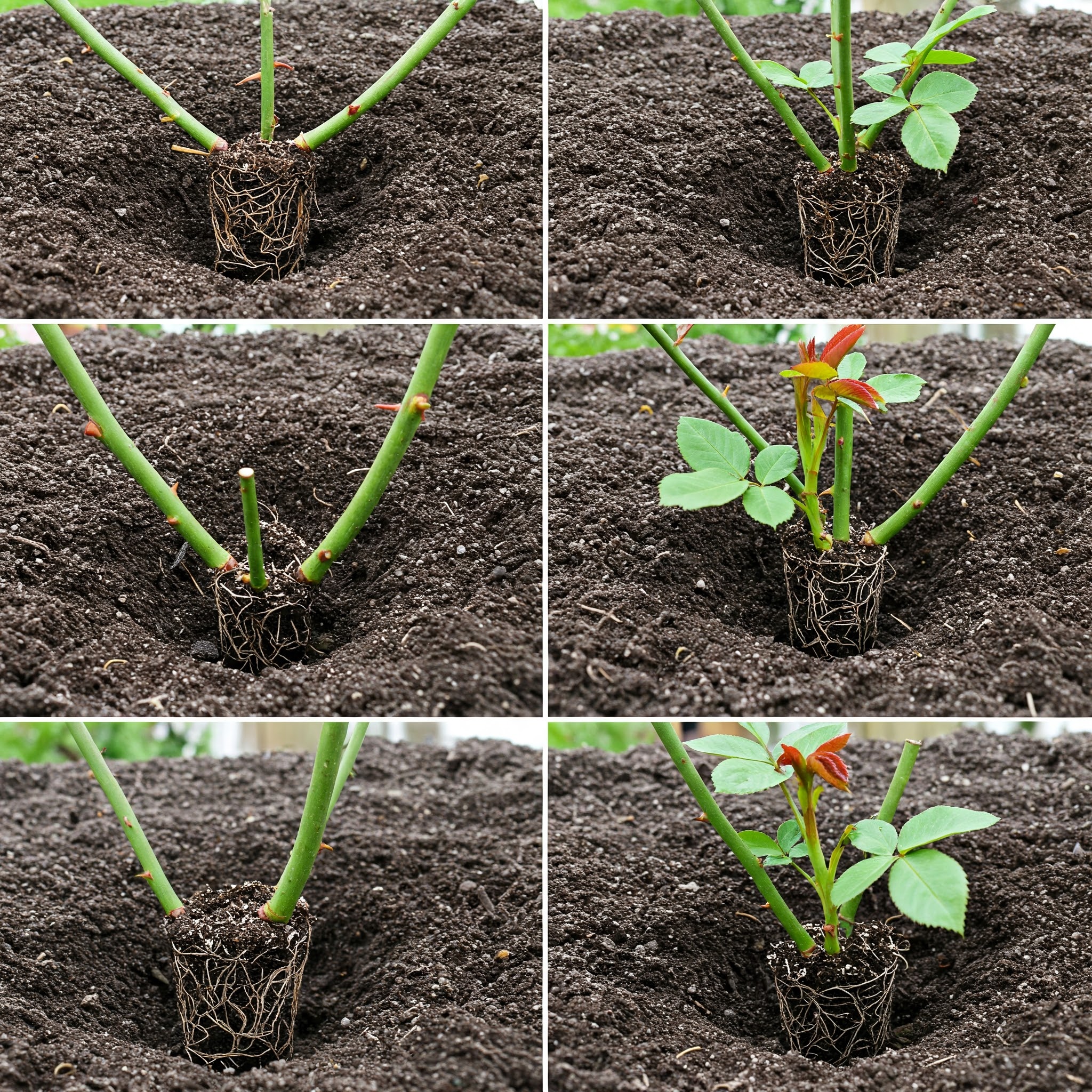How to Use an Unconventional Fertilizer to Boost Rose Growth and Flowering
If your roses have stopped blooming, their growth has stalled, or they seem to be struggling, there’s an easy and effective way to rejuvenate them. This simple homemade fertilizer strengthens roots, enriches the soil, and promotes vibrant flowers—even outside of their usual blooming season. Best of all, it uses an ingredient you likely have at home: stale bread.
Why Use Stale Bread for Roses?
Stale bread, especially salt-based varieties, contains essential minerals that aid plant growth. When broken down, it improves soil structure and moisture retention, creating the ideal conditions for robust root development. Additionally, it introduces beneficial bacteria into the soil, which helps eliminate harmful compounds that can hinder root absorption of nutrients.
It’s important to use old, hardened bread rather than fresh bread. Fresh bread contains active yeast, which can ferment and disrupt the soil balance, potentially harming the roots. Also, avoid using bread with added sugars, preservatives, or sweet fillings, as these can attract pests and mold.
How to Prepare the Fertilizer
Ingredients:
-
- 1 piece of stale bread (without any sugar or filling)
- 1 liter of water
- 2 tablespoons of milk
Instructions:
-
- Break the Bread – Tear the stale bread into small pieces and place them in a container with a lid.
- Soak in Water – Pour water over the bread, ensuring that all pieces are completely submerged.
- Let it Rest – Allow the mixture to sit in a cool, shaded area for 24 hours. This allows the bread to break down and release its beneficial nutrients into the water.
- Strain the Mixture – After 24 hours, use a fine mesh strainer or a cloth to filter out the solid particles, leaving only the nutrient-rich liquid.
- Enhance with Milk – Add two tablespoons of milk to the liquid fertilizer. Milk provides additional calcium and proteins that further support plant health and flower development.
- Stir Well – Mix thoroughly to ensure the milk blends evenly into the solution.
How to Apply the Fertilizer
Pour the fertilizer directly at the base of the rose plant, avoiding contact with the leaves. The enriched water will be absorbed by the roots, delivering essential nutrients that boost growth and flower production.
This fertilizer can also be used on other plants in your garden, including flowering plants and shrubs that need a nutrient boost.
Frequency of Application
For best results, apply this fertilizer once every 15 days. After two months of consistent application, you will notice improved foliage, stronger roots, and increased flowering—even during off-seasons.
Additional Tips for Healthy Roses
- Ensure your roses are planted in well-draining soil to prevent root rot.
- Water them regularly but avoid overwatering, which can lead to fungal diseases.
- Prune dead or weak stems to encourage healthier growth.
- Use mulch around the base to retain moisture and protect roots from extreme temperatures.
Final Thoughts
This simple, cost-effective method offers an excellent way to nourish your roses naturally, enhancing their beauty and longevity. With regular use, this DIY fertilizer will help transform lackluster rose plants into thriving, vibrant bloomers.
